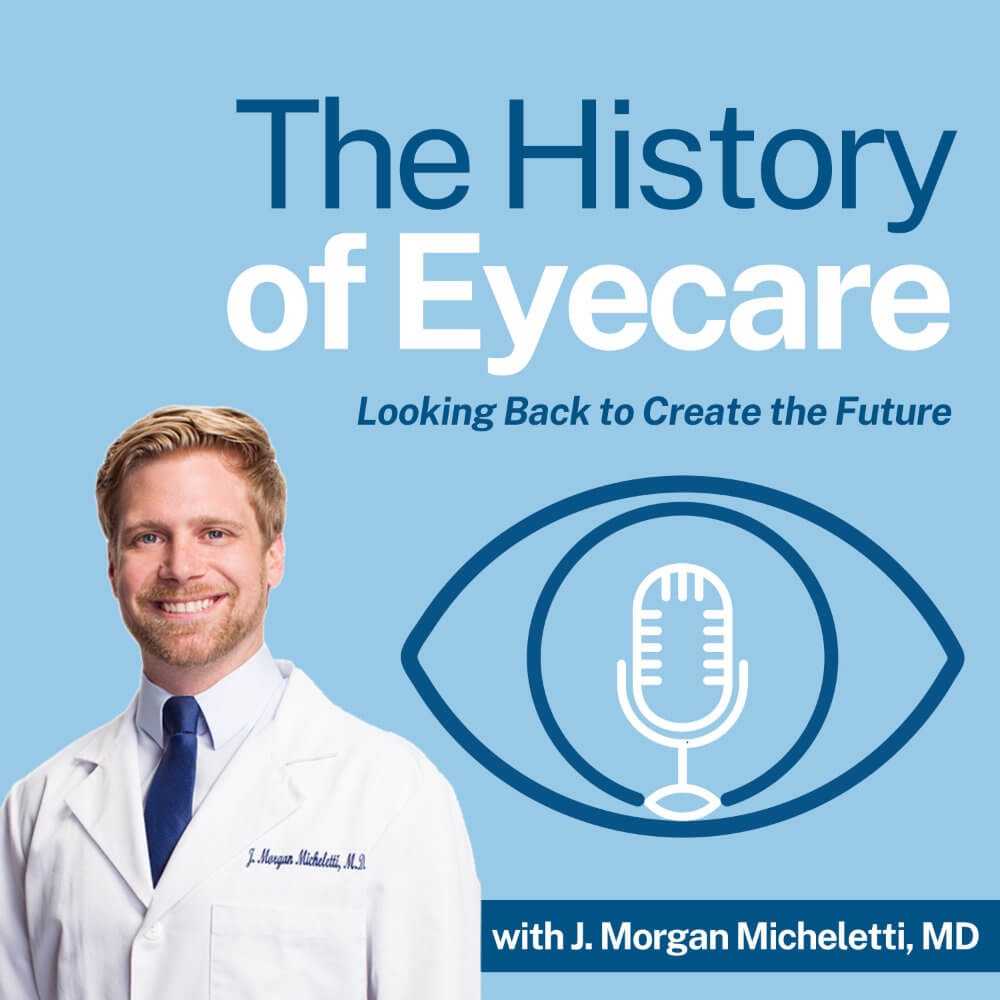2. Cynthia Matossian, MD: Early Phacoemulsification, Ocular Surface, The Eyecare Team
Episode Description
In today’s episode, host Dr. Morgan Micheletti interviews guest Dr. Cynthia Matossian, a phenomenal surgeon who has raised awareness on the ocular surface and tear film prior to surgery. Dr. Matossian has won numerous awards, serves on boards of directors, is a chief medical officer and advisor, and has helped co-found a nonprofit organization called, “The American College of Eye Technicians.” She is also a recent president for the American College of Eye Surgeons, and she founded her very successful practice in 1987.
To begin, Dr. Matossian shares how she already knew she wanted to be an ophthalmologist. She wanted to go into a field that had a combination of surgery and clinical in-office patient care, along with treating both men and women, young and old. Early cataract surgery started with intra-cap but soon transitioned to extra-caps. The incisions were very large, and she learned how to suture for her attendings. There was no laser back then and she had to take patients back to the OR to open the capsule. She shares how they only performed cataract surgeries for advanced cases and the mentality back then was to renew the disease part of the eye and replace it. Improving astigmatism did not happen at all and people were used to refractive errors after cataract surgery. They used biometry and learned how to read the lenses and signs which did not have great readings, but it was the best tool they had. She remembers her first multi focal lens before the toric ones. It did not cost more for the patient and the array lens was a zonal lens. Intermediate wasn’t a big focus because computers and cell phones weren’t a big part of our lives.
Next, she shares when the ocular surface became more important. For her, it was pretty early on. The topographers looked at the myers and the tear film, and that is when she realized something was up. She had meetings with her patients and had pre-surgical testing where she told patients to use artificial tears before biometry, and the Myers results were better. At the time, ophthalmologists were just using artificial tears to optimize the surface because that’s all they had. Through her patients’ journeys, Dr. Matossian realized that they suffered from chronic pain due to dryness. Her patients went from doctor to doctor hoping that someone would listen to them and give them relief. She became a very good listener and asked better questions because some patients didn’t realize some experiences they had were related to dry eye. She had to customize their treatment and they all came back so grateful.
Mentorship has become more prominent recently, but Dr. Matossian says looked up to Dr. Marguerite McDonald. Her proudest moment in her career was when she became American College of Eye Surgeons (ACES) certified. In addition, Dr. Matossian created a nonprofit recruitment program where she is working to train ophthalmic technicians.
Shifting gears, they discuss the history of eye technicians. When Dr. Matossian started, it was a different era because they did not have many pieces of equipment needed for technicians. Her greatest contribution to the eye care world is the focus on tear film pre-surgery because she says if the data collected pre surgery is not reliable, then there will be a refractive mess. The relationship between optometrists and ophthalmologists has evolved tremendously. Before wrapping things up, her best piece of advice is to be kind and considerate to everyone because the field is small, and your paths will cross again. She also shares that both the industry and ophthalmologists need to work together to create excellent products that will help the patients. Finally, she says the biggest pivotal moment in eye care was small incision surgery because that was a very big step forward with implants that were foldable.
Related Episodes

20. Margeurite McDonald: Pioneering Laser Vision Correction, Overcoming Barriers, Retinoblastoma breakthroughs

19. Richard Lindstrom, MD: Diffractive Optics, Ocular Surgery News, Corneal Preservation, and the Shift in Glaucoma Management






